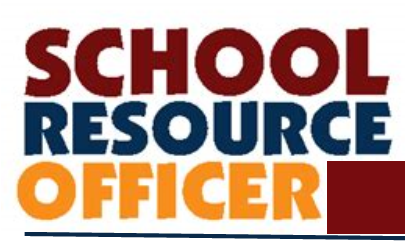School Resource Officers Gain Attention in Aftermath of School Shootings
/School resource officers (SROs) are sworn police officers who typically perform a number of community policing roles to make schools safer for students and staff, including community liaison, mentor, role model, and law enforcement officer. A new report from the Connecticut Office of Legislative Research (OLR), looked at nearly 70 Connecticut school districts with at least one SRO.
With the assistance of the Connecticut Association of Public School Superintendents, OLR, the legislature’s non-partisan research arm, surveyed and researched 113 public school districts in Connecticut to learn whether SROs are utilized in their elementary, middle, or high schools.
Of the 113 districts, 70 were found to be utilizing SROs in some manner. SROs in Connecticut are primarily assigned to middle and high schools but often visit elementary schools in their district. They also may assist in the development of school policies that concern criminal activity and school safety, as well as teach classes in substance abuse awareness, gang resistance, and crime prevention, according to OLR.
Financial cost per SRO varies between municipalities and is sometimes unknown to the district, the report indicated. Generally SROs are funded by the board of education or provided by local police departments through memoranda of understanding (MOU) with the school district.
Last month, the Wallingford Board of Education called for funding for four police officers to serve as SRO’s, one at each middle school and high school in town, along with other safety items, the Meriden Record-Journal reported.
Plymouth is considering bringing a school resource officer back to the school, in the wake of the Parkland, Florida school shooting. The school resource officer position was eliminated two years ago due to budget cuts, NBC Connecticut reported. And Westport Now has reported that Westport’s Board of Education voted 5 to 2 in March to approve the concept of having an armed school resource officer in its schools.
Communities with the highest number of School Resource Officers in their local school district, among the towns surveyed, are New Haven (12), West Hartford (6), Bethel (5), Manchester (5), Meriden (5), and West Haven (5). Communities with four School Resource Officers include East Harford, Milford, and Monroe. The remaining school districts surveyed have three or fewer.
Numerous districts have SRO’s in place, but the range of responsibilities – as well as the numbers - vary.
In Newington, for example, the SRO was initially funded by a grant; currently the Board of Education and the Police Department share the annual cost of the program. The SRO at the local high school works full-time in conjunction with the education system to address a myriad of issues facing the high school population.
Manchester’s SRO’s are trained to fulfill three primary roles, according to the town police website. “First and foremost they are Law Enforcement Officers, whose main purpose is to keep the peace in their schools. Second, they are law related mentors who provide guidance and information to students, their families, and school staff. Thirdly, they are law related ‘teachers’, who can provide the schools with additional resources by sharing their expertise in the classroom (when requested and available).”
In Darien, the SRO's days are spent meeting with students, administration, support staff, and parents in regards to various issues or concerns, according to the police department website. The SRO also “visits classrooms to give guest lessons on alcohol and drugs, search and seizure, and other law-related topics. The SRO often attends extra-curricular events, in an effort to further immerse himself into the community and increase familiarity.”
New Haven’s SRO program, which was established in 1994, consists of 12 uniformed officers that are assigned to middle and high schools. The program, according to the city website, “allows both home and school to be aware of any situation that may impact the health and safety of students, as well as the monitoring of those who show signs of at-risk or delinquent behavior. This interaction provides a valuable resource to keep our children out of trouble during their school years and keeping their focus on education and commitment to family and community.”






























